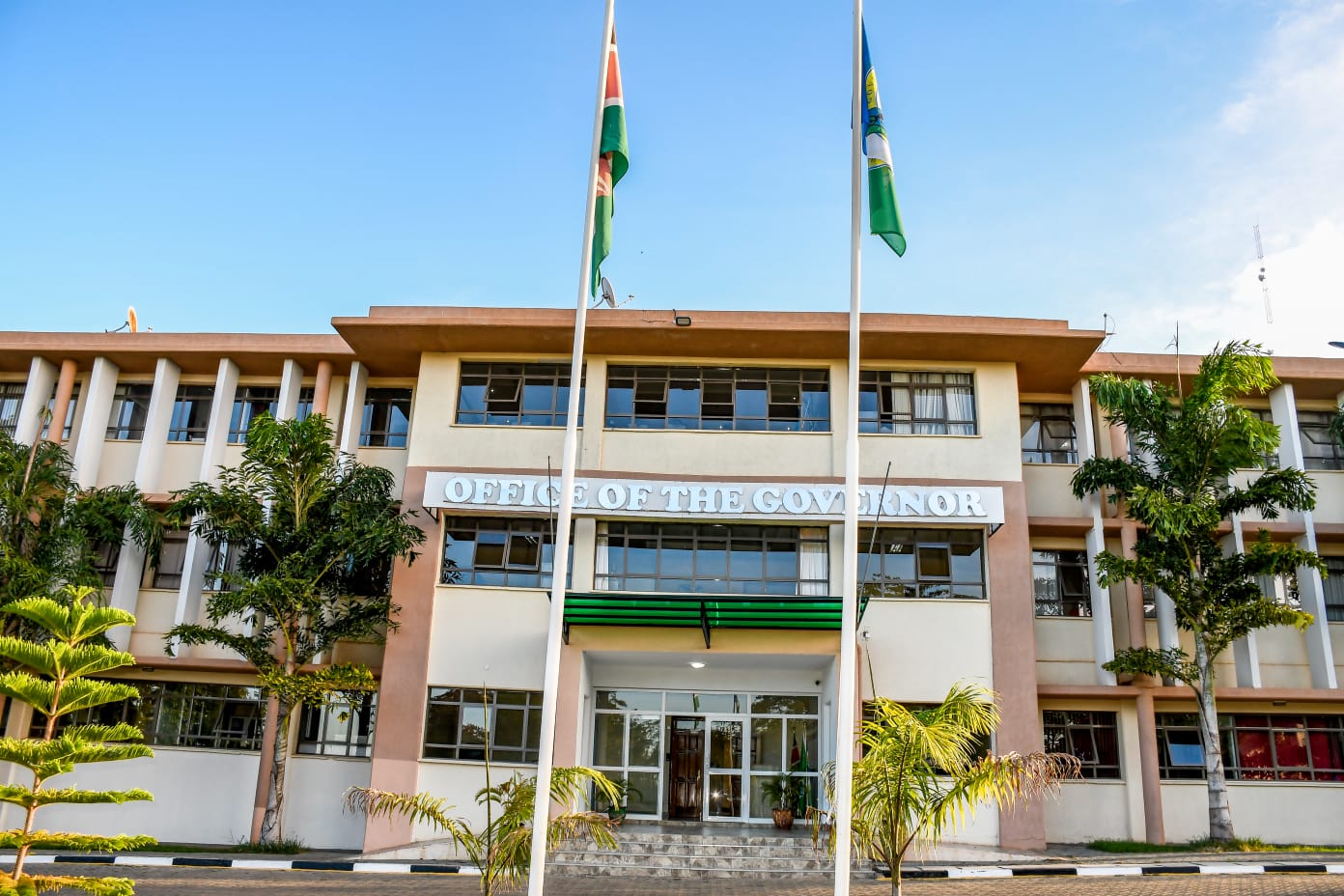
Bribe demands nearly half as frequent in Makueni compared to Kwale: EACC » Capital News
NAIROBI, Kenya, Aug 5 — Makueni County has emerged as the least bribery-prone county in Kenya with the 2024 National Ethics and Corruption Survey (NECS) reporting the likelihood of county officials asking for a bribe at 0.61 times.
Ethics and Anti-Corruption Commission (EACC) listed Kwale and Kilifi at the top of the chart among counties where officials were more than likely to demand bribes with an incidence index of 1.09 and 1.03 times respectively.
EACC noted there was a chance, at least once, officials in Wajir, Mandera, Marsabit, Tharaka Nithi, Kitui, Murang’a and Samburu would demand a bribe.
In a report released on Monday, the EACC said the findings are based on a nationwide household survey that assessed bribery and corruption experiences across all 47 counties.
Taita Taveta and Kirinyaga counties recorded a bribery incidence index of 0.99, followed by Tana River with an index of 0.97.
Bomet and Mombasa both registered 0.95. Busia and Garissa each posted an index of 0.94, with Machakos, Meru, Uasin Gishu, and Baringo all coming in at 0.93.
Migori had an incidence of 0.91, while West Pokot and Laikipia registered 0.89. Kakamega, Nairobi, and Turkana were tied at 0.87, followed by Nyandarua at 0.86.
Kericho recorded a 0.84 incidence index, Kisii stood at 0.83, and Isiolo registered 0.81. Embu followed at 0.80, with Lamu at 0.79. Kiambu, Bungoma, and Nyeri recorded 0.78, 0.77, and 0.77, respectively.
Trans-Nzoia, Nandi, and Narok each had an index of 0.74, followed by Kisumu at 0.73. Nakuru and Siaya tied at 0.72, while Kajiado registered 0.69.
Elgeyo Marakwet top bribe payments
On the likelihood of paying bribes across Kenya’s counties, the report ranked Elgeyo-Marakwet, Marsabit, and Wajir at the top with a 100 percent prevalence rate, indicating that every respondent who encountered a bribery situation reported making a payment.
Murang’a followed closely at 94.9 percent, while Mandera, Turkana, and Kilifi registered 86.9 percent, 86.5 percent, and 85.3 percent respectively.
Laikipia (83.7 percent), West Pokot (82.1 percent), and Isiolo (81.3 percent) were also among the counties with high reported payment rates. Other counties with notably high prevalence included Homabay (80.7 percent), Garissa (80.4 percent), Kwale (80.4 percent), and Embu (80.3 percent).
Counties with mid-range prevalence included Lamu (79.0 percent), Machakos (77.6 percent), Meru (76.9 percent), Kirinyaga (76.7 percent), and Tana River (74.7 percent). Nyeri stood at 73.0 percent, Mombasa at 71.8 percent, and Nyamira at 70.9 percent.
Kitui (70.4 percent), Trans-Nzoia (69.9 percent), Kericho (69.5 percent), Nairobi (68.9 percent), and Taita Taveta (68.6 percent) formed part of the mid-lower bracket. Busia (68.1 percent), Nakuru (65.5 percent), Kakamega (64.8 percent), Samburu (64.7 percent), and Migori (63.4 percent) followed.
Sh4,878 bribe average
Uasin Gishu (62.9 percent), Baringo (61.8 percent), Bungoma (60.4 percent), and Kisii (57.6 percent) recorded lower prevalence rates, with Nandi (56.1 percent), Tharaka Nithi (51.3 percent), Siaya (50.7 percent), and Vihiga (49.9 percent) falling below the halfway mark.
Kiambu (48.8 percent), Kisumu (46.5 percent), Narok (44.6 percent), Bomet (42.8 percent), Kajiado (41.2 percent), and Nyandarua (40.7 percent) showed relatively low rates.
Makueni had the lowest reported bribe payment prevalence at 34.9 percent, making it the least likely county for residents to pay bribes when solicited.
The report highlights that despite a national decline in the average bribe — dropping to Sh4,878 from Sh11,625 in 2023 — corruption hotspots persist in key sectors, particularly in law enforcement, health services, and revenue collection. The police, KRA officers, and chiefs were listed as the top three groups most frequently implicated in bribery.
The EACC called for enhanced collaboration between national and county governments to sustain gains in the fight against corruption.
The NECS 2024 surveyed 5,960 households across all 47 counties analyzed across 600 clusters.